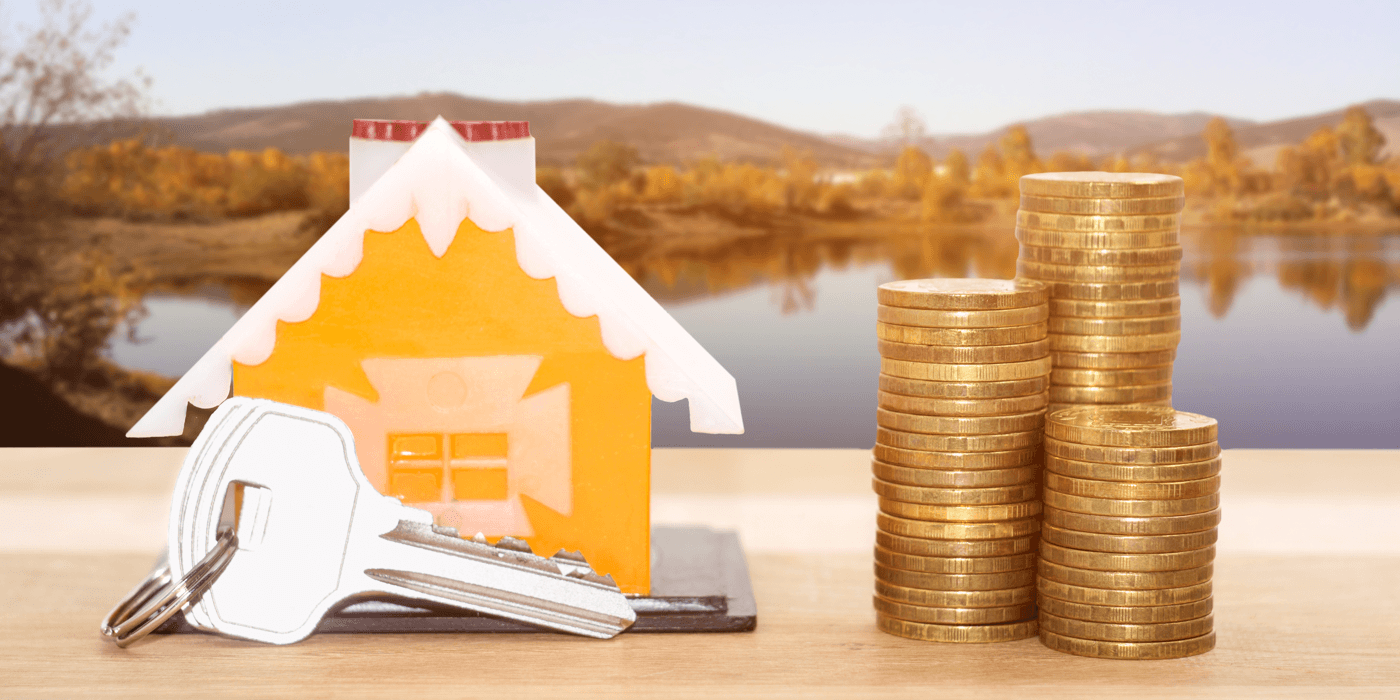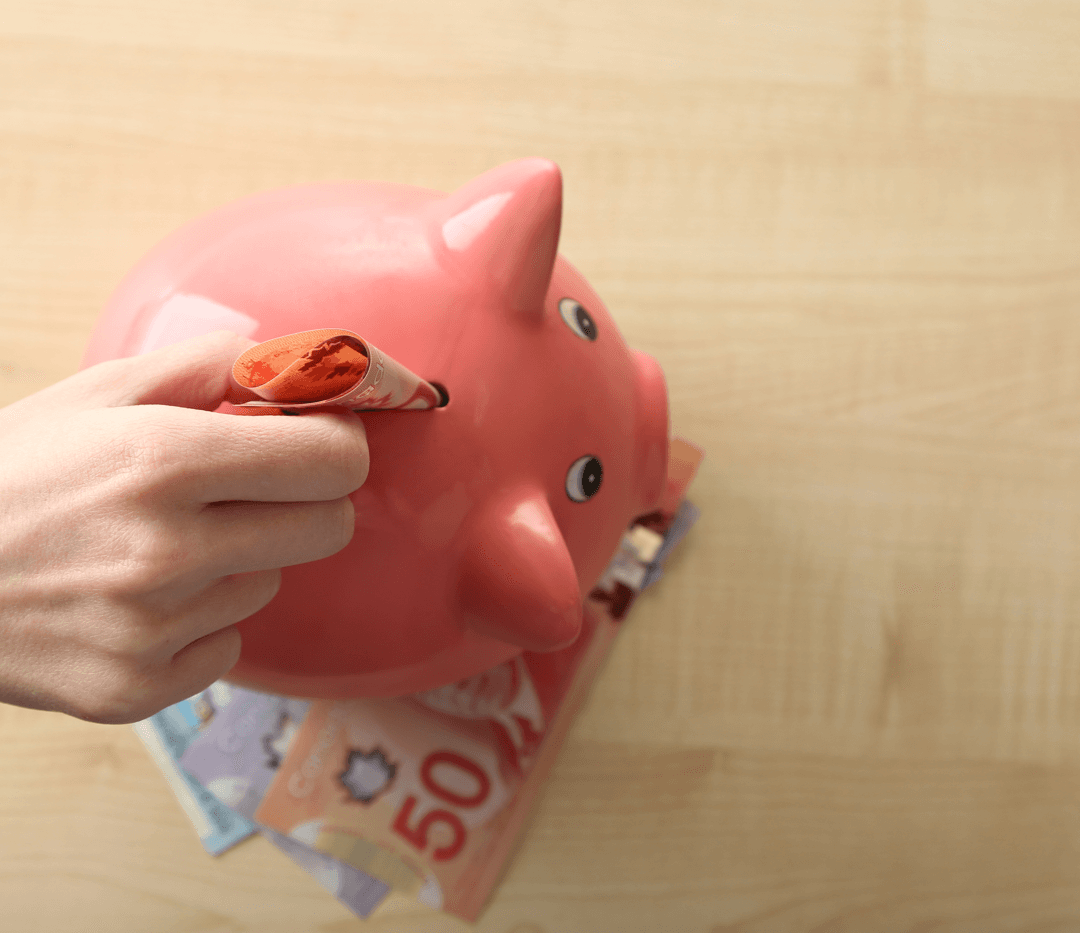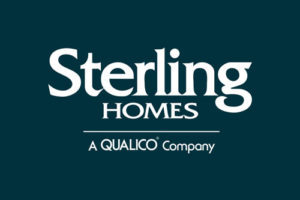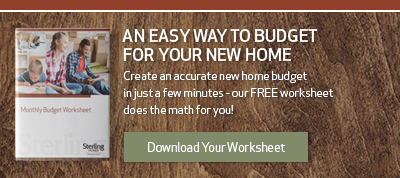 Saving for a down payment is one of the greatest challenges of buying your first home. The good news is buying a home doesn’t mean you have to put down a sizeable 20%; you can get pre-approved for a mortgage with much less. Depending on your budget, owning your own home may be closer than you think!
Saving for a down payment is one of the greatest challenges of buying your first home. The good news is buying a home doesn’t mean you have to put down a sizeable 20%; you can get pre-approved for a mortgage with much less. Depending on your budget, owning your own home may be closer than you think!
Here’s how much you need to save to qualify for a loan.
Minimum Down Payment for a Mortgage
In most cases, a minimum down payment of 5% is required to get approved for a mortgage as long as the purchase price is $500,000 or less. If the home is priced higher, the minimum down payment must be 5% of the first $500,000 and 10% of any remaining amount. If the purchase price is $1 million or more, a 20% down payment is necessary.
Your required minimum down payment may be higher than these guidelines in a few cases, especially if you have poor credit or you are self-employed.
As an example:
If you buy a home for $450,000, you will need a down payment of at least $22,500 for 5%. If you buy a home for $550,000, the minimum down payment will be 5% of $500,000 ($25,000) + 10% of $50,000 ($5,000), meaning you need a total of $30,000.
 Why You Should Put 20% Down if You Can
Why You Should Put 20% Down if You Can
There’s nothing wrong with buying your home with the minimum down payment necessary, especially if it means owning your own home sooner. Still, putting down less than 20% will end up costing you. If your down payment is less than 20% of the purchase price, you will be required to purchase mortgage loan insurance or CMHC insurance. You may also need to buy this insurance if you have poor credit or are self-employed, regardless of your down payment.
This type of insurance doesn’t offer you any protection; it protects your lender if you default on the loan. It’s also expensive, which means higher housing costs until you reach 20% equity. CMHC premiums can range from 0.6% to 4.50% of the mortgage amount with a premium based on your down payment. Putting down 10% will result in a lower premium than 5%.
For a $450,000 home, avoiding CMHC insurance requires a down payment of at least $90,000.
Home Buyers’ Plan (HBP) Down Payment Assistance
If you are struggling to save up enough money for your down payment, you may be eligible for the Home Buyer’s Plan. This plan allows you to withdraw up to $25,000 without tax penalties from your Registered Retirement Savings Plan. The money can be used to buy or build a home with up to 15 years to repay the borrowed amount.
While this may sound like a great solution, keep in mind it’s not without its drawbacks. There are strict guidelines for qualifying for and using the HBP. You must also start making annual payments within 2 years of the purchase to pay back the money into your RRSP. If you fail to make these repayments, you may end up paying hefty income taxes. You will also miss out on growth while the money is absent from your RRSP.
New Mortgage Rules for 2018
Concerns over fast home price appreciation in parts of Canada have led to stricter mortgage rules that went into effect on January 1, 2018. The biggest change is a new provision that requires home buyers, including those with more than 20% down, to undergo a stress test before a loan can be issued. Previously, the stress test was only required for buyers with a down payment of less than 20%.
The stress test requires buyers to qualify for a home loan at a rate that is the greater of:
- 2% above the negotiated rate, or;
- The Bank of Canada’s 5-year benchmark rate.
- Now, all home buyers must meet these requirements.
 Tips for Saving for Your Down Payment
Tips for Saving for Your Down Payment
Saving up enough for your down payment may take some work, but it’s something you can achieve by reducing your expenses and making it a priority. Here are some tips for putting together the down payment for a new home.
- Stick to a budget. If you have never budgeted before, a simple method is the 50/20/30 guideline. This solution does not require breaking down your spending into dozens of categories. Instead, split your money into three categories: no more than 50% toward fixed costs like utilities and rent, at least 20% toward financial goals like paying down debt and saving for a down payment, and no more than 30% toward expenses that vary like entertainment and gas.
- Pay off debt. Any debt you have will eat up your income and reduce your ability to save money. Put as much disposable money as possible toward paying off student and credit card debt. Along with boosting your down payment savings, ditching debt can help you qualify for better mortgage rates.
- Cut unnecessary spending. Going out to the movies, grabbing a latte on the way to work, and eating out at restaurants can all be enjoyable, but these expenses add up.
- Put any windfalls toward savings. This includes bonuses and overtime from work, tax refunds, and birthday money.
You will need a down payment of at least 5% to buy your first home, but putting down more will help you save every month on CMHC insurance and interest on your loan. If you aren’t quite there, work on reducing your expenses to improve your financial situation if possible. This can do more than help you save your down payment; it can also make you a better overall candidate for a mortgage.




